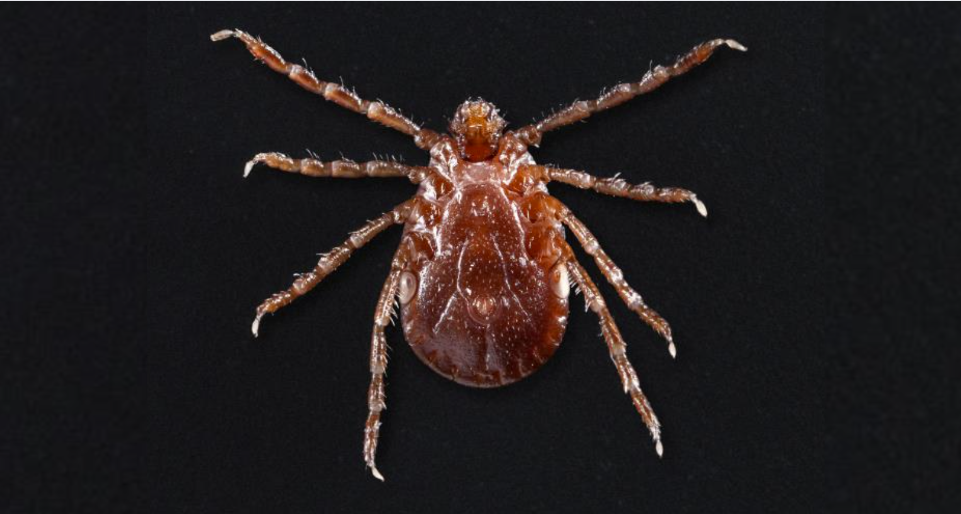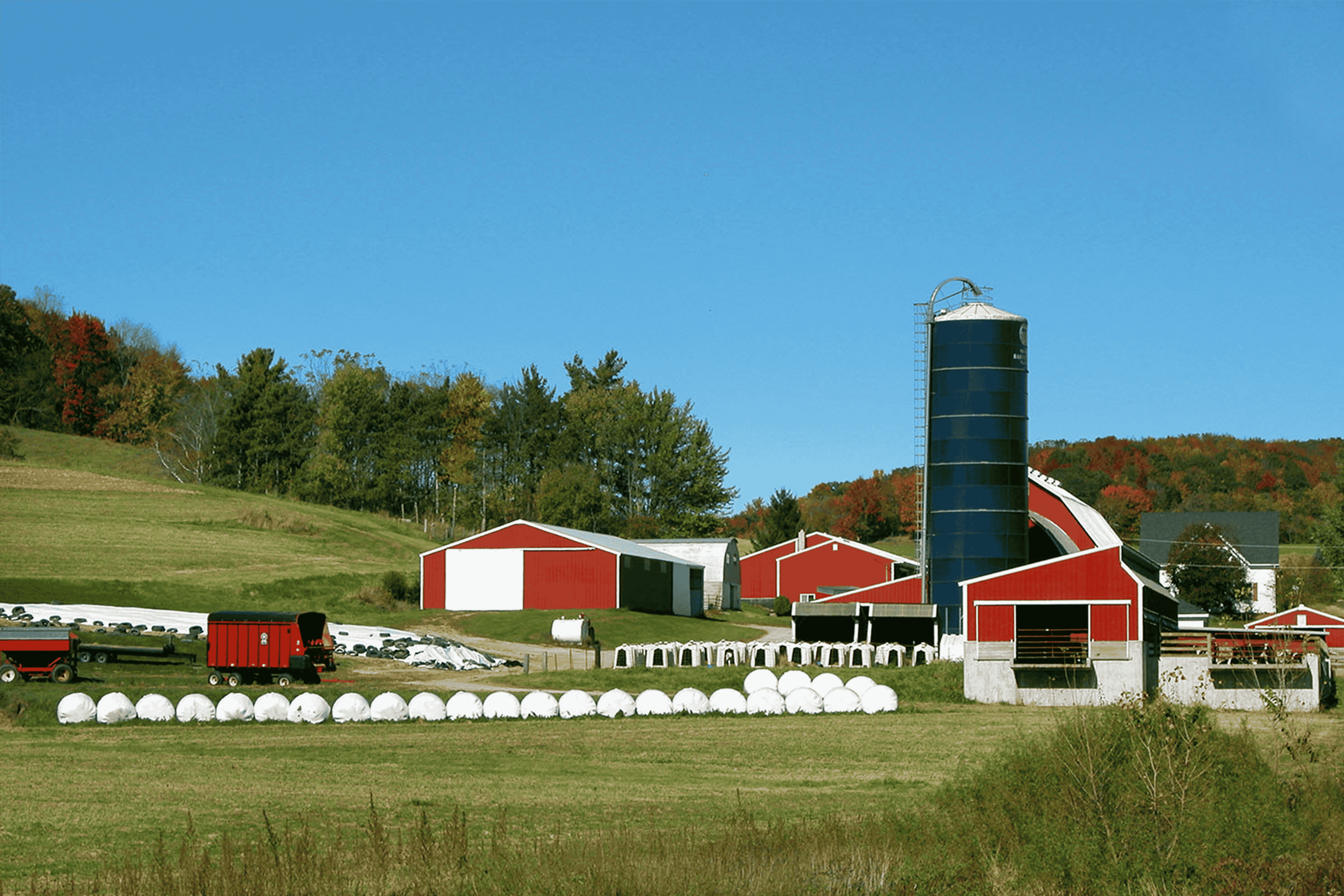Growing Threats of Ticks
Flies aren’t the only thing you need to worry about on your animals. Discovered in 2017 by the USDA, the Asian Longhorn tick originates from northeast Asia and has also migrated to Australia. The Asian Longhorn tick is an invasive, exotic tick that can transmit Theileria to your herd. Theileria is caused by blood-born parasites that feed off your cattle’s white and red blood cells, causing distress to your herd.
Checklist for Protecting Livestock from Ticks
- Check livestock for ticks regularly - Head, ears, brisket, trailhead, udder, and between the legs.
- Report any findings to the local health department/state animal health official
- Watch for symptoms such as high fever and weakness
- Cut down any brush or weedy areas on pastures
A recent article from Pest World states, “As of 2021, this species has been discovered in Arkansas, Connecticut, Delaware, Kentucky, Maryland, Missouri, New Jersey, New York, North Carolina, Ohio, Pennsylvania, Rhode Island, South Carolina, Tennessee, Virginia, and West Virginia.” With the rapid growth of the Asian Longhorn tick, it’s essential to learn how they affect your herd and how you can identify them.
Identifying Asian Longhorn Ticks
- Reddish-brown colored
- Size of a pea when fully engorged
- Adults have eight legs, larvae have six legs
This known livestock pest can lower a dairy cow’s milk production by 25% after becoming a host and can also result in reduced production, growth, weight loss, and even death due to excessive blood loss. In addition, the Asian Longhorn tick can produce up to 2,000 eggs at a time without mating, meaning each animal could host thousands of ticks. Starbar® offers various products to help control ticks on your premises and animals.
Starbar® Products for Tick Control
- Prolate/Lintox HD™ Insecticidal Spray & Backrubber for Livestock
- Pyronyl™ Crop Spray
- Starbar® E-Pro Adulticide Spray
- Lambda 9.7 CS
Starbar® products are formulated to help you achieve a higher level of insect control in, on, and around your operation. To learn more about invasive ticks and the diseases they can spread to your herd, go to USDA Animal and Plant Health Inspection Service U.S. Department of Agriculture.



